Origin Live Enterprise C Tonearm
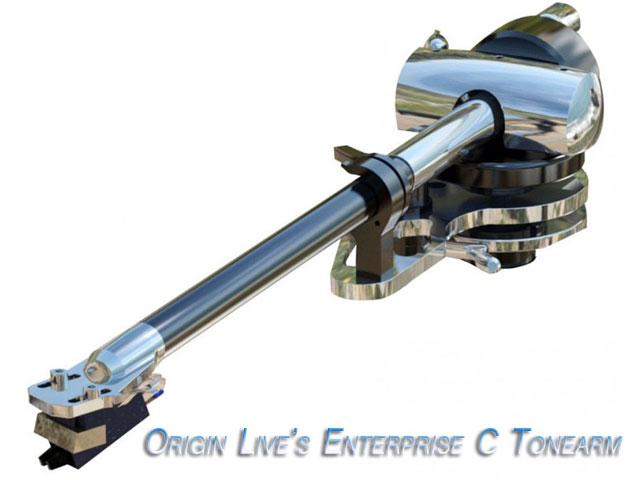
I’ve had a long and comprehensive experience of Origin Live’s tonearms, dating back to Mark Baker’s (OL’s head and founder) modified Rega RB250 and RB300 tonearms. I was so impressed with their sonic and musical performance that I’ve followed Mark Baker’s own tonearms with fascinated scrutiny over the last 15 years. The Origin Live Enterprise C is the apex of Baker’s design achievement and is the 10th Origin Live arm I’ve auditioned and/or reviewed.
The Enterprise C presides at the top of Origin Live’s four arm Dual-Pivot tonearm range. The range aims to exploit the sonic virtues of both uni-pivot and gimbal bearing tonearm design without their individual trade-offs. Baker has been improving, developing, and refining the Dual-Pivot line for over ten years now, in keeping with his unquenchable pursuit for perfection and his white-heat creative design torrent of the last 15 years. The Enterprise C retails for $6053 (based on the UK Pound conversion rate of 3/25/19.) It is also available in 12-inch form.
Arm set-up, though comprehensively covered in the excellent owner manual and complemented even further on OL’s website, proved slightly more difficult than usual for me as I was familiar enough with OL’s older arms to make their set-up second-nature and habitual. The Enterprise C was just different enough to make some of my set-up assumptions erroneous, so I religiously followed the set-up manual step by step. This conscientious and sequential set-up regimen is absolutely essential. Those who ignore the instructions will have little chance of setting up the Enterprise correctly.
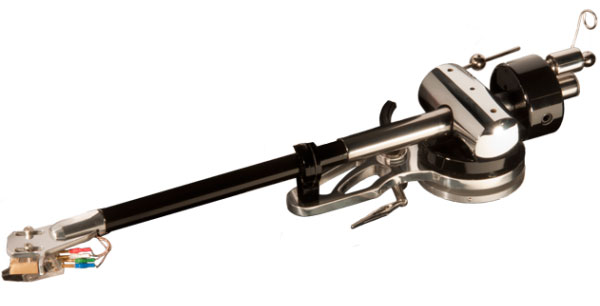
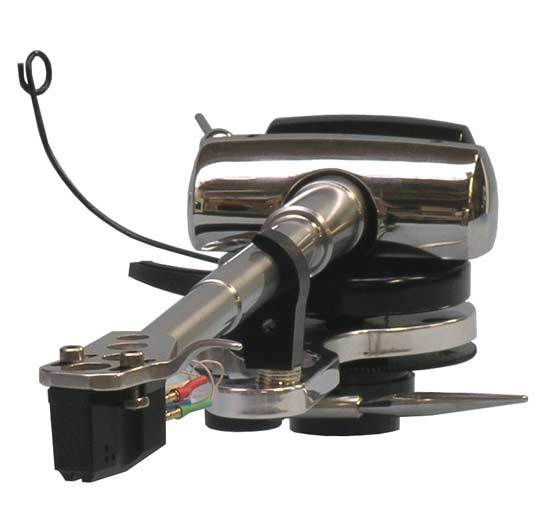
All Origin Live arms use the standard Rega arm mount and tonearm geometry. The Enterprise C’s central threaded arm pillar slides through the arm board where it is held underneath the board by a soft cork washer and a large nut. The arm’s central pillar is divided into two sections that can slide against each other. A thin, notched rotating ring allows adjustment of tonearm height by fine and repeatable increments, allowing precise adjustment for VTA/SRA.
For sonic reasons, most of the adjustments on the Enterprise are made with Allen bolts for which the correct Allen wrenches are included. The smallest wrenches, used to initiate VTA adjustment, fastening and adjusting the anti-skate device, and altering cueing device height, were just at the limit of my visual acuity, even with my reading glasses on. Technician’s magnifying glasses would have solved the difficulty. I, however, am 69 years old, so those with younger, healthier, and stronger eyes should have no problems.
The Enterprise C’s exotic tonearm interior wire/cables require a long burn-in process, and OL recommends 40 hours of play with MM cartridges and 100 hours with MC. Thankfully, OL offers a burn-in cable to shorten that tedious process to just 24 hours for those with limited patience. I plead guilty.
I used the Origin Live Resolution MK 4 turntable as my auditioning platform (see my review here ), and listened to the Audio Technica AT-OC9ML, Dynavector Karat 17D3, Garrott Brothers (Australia) re-tipped Ortofon SPU, Nagaoka MP 500, LP Gear BIN 323, Shure V15-5 xMR, and The Cartridge Man MusicMaster cartridges. The MusicMaster provided the bulk of my critical auditioning. Phono stages included the tube pure sound P10, and the Graham Slee Accession. A Prima Luna Dialogue Premium preamp fed a Prima Luna Prologue 5 or an EICO HF89 tube power amp. I used the Meitner STR55 PLUS+ and the NuForce STA 200 for solid-state power amp duty. Speakers were the Sound Lab Dynastat. Except for the turntable, the components and speakers were isolated on Stillpoints.
Origin Live’s products – even dating back to their earliest days of Rega arm modifications, DIY kit turntables, and DC motor replacements – share a common family signature. That signature is unique in that incorporates the traditional UK turntable school’s sine qua non of intensely moving music -rhythm, timing, punctuation, parsing, drive, and brio – tied equally to the ultra resolution and sound stage fidelity actively pursued by many audiophiles. Mark Baker’s products have evolved exponentially over the last twenty years, fuelled by his never-ending pursuit of perfection. Coupled to his vast theoretical, empirical, and experiment-based knowledge base is his keen musical sensibility.
While too many contemporary front-end manufacturers seem stuck with dogma and nostalgia-based design principles, Baker is unafraid to go back to first principles and re-think conventional design dicta. Who else would spend 10 years perfecting a new bearing oil, create a new drive belt material, or listen to the sonic effects of different sizes of screws?

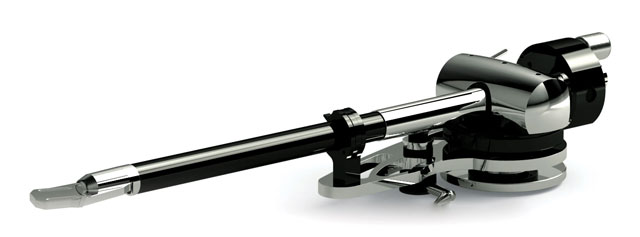
This attitude is manifest in OL’s use of the Dual-Pivot bearing. Rather than choose between gimbal bearings or uni-pivot bearings, Baker eludes the dichotomy of that dilemma by transcending duality and synthesizing the best qualities of both. I find that kind of thinking mightily enlightened and it is just one example of why I respect Origin Live’s products.
Similarly, the Enterprise C’s tonearm tube is a hybrid of carbon fiber and exotic alloys, showing Baker’s lack of One-Track-Mind-itis.
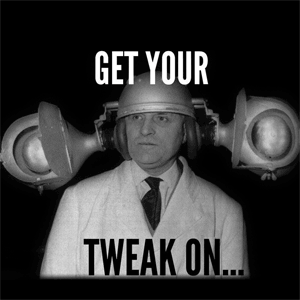 The Enterprise C proved a revelation with the phono cartridges I auditioned. All of them produced the best sound I’ve ever heard from them by a substantial margin, and forever altered my previous estimation of their abilities and potential. While it might seem nuts to use a $200 cartridge (the street price of the Audio Technica AT OC9ML moving coil at the end of its days) in a $6000 tonearm, the sonic and musical results proved the coupling to be eminently rational. The common take of the OC9ML, was that it tended towards artificial brightness, had limited ultimate resolution, could shout at times, and was limited in bass extension. It was striking clear, when played with the Enterprise C, that the common take was completely wrong.
The Enterprise C proved a revelation with the phono cartridges I auditioned. All of them produced the best sound I’ve ever heard from them by a substantial margin, and forever altered my previous estimation of their abilities and potential. While it might seem nuts to use a $200 cartridge (the street price of the Audio Technica AT OC9ML moving coil at the end of its days) in a $6000 tonearm, the sonic and musical results proved the coupling to be eminently rational. The common take of the OC9ML, was that it tended towards artificial brightness, had limited ultimate resolution, could shout at times, and was limited in bass extension. It was striking clear, when played with the Enterprise C, that the common take was completely wrong.
Playing Shure’s long discontinued V15 -5 xMR revealed a sophistication and nuance from it that reinforced its reputation as an all-time great affordable cartridge.
Contemporary cartridges performed with equally superlative results. I was further stunned by LP Gear’s BIN 323 HOMC, which has to be the biggest musical and sonic bargain, at $329, available today. Nagaoka’s MP500 proved its considerable claim to be the worthy successor to the Shure V15 5 xMR.
The Enterprise C makes a strong argument against buying a “High End” cartridge that you can’t afford and playing it in a so-so arm. Spend half of that price of that cartridge on the Enterprise C, keep your current cartridge, and hear what it really can do. Yes, the Enterprise C is that good. And if your Hi-Fi Kitty is corpulent enough to also include that High End cartridge, the Enterprise C will allow you to hear all that you paid for.
After running through the bevy of cartridges I had available for auditioning, I settled on The Cartridge Man MusicMaster cartridge for the bulk of my critical listening. I use recordings of un-amplified instruments for my acid test evaluations, so Classical music with its extremely wide palette of tonal colors and sonorities serves as an ideal ultimate test. I find Leonard Gregory’s cartridge the exemplar for reproduction of the complete sonic signature of acoustic instruments. Coupled to its non-pareil mastery of musical performance nuance and expression, I found it ideal for my most demanding tests.
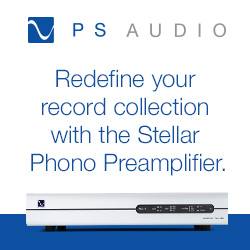 My recent reviews of the Origin Live Resolution MK4 turntable, the Graham Slee Accession phono stage, and The Cartridge Man MusicMaster cartridge all used the Enterprise C tonearm, so all my comments included in those reviews will also apply to the Enterprise C in isolation. Indeed, the prime difficulty in evaluating any single component element in an Analogue LP front end is that one can only hear it in context of the other elements in that front end. One can, of course, try a given component in a variety of other front-end configurations to try to identify a specific sonic signature. But, as the associated components reach certain ultra levels of fidelity, neutrality, and lack of coloration, sonic signatures become more and more evanescent, and more and more elusive.
My recent reviews of the Origin Live Resolution MK4 turntable, the Graham Slee Accession phono stage, and The Cartridge Man MusicMaster cartridge all used the Enterprise C tonearm, so all my comments included in those reviews will also apply to the Enterprise C in isolation. Indeed, the prime difficulty in evaluating any single component element in an Analogue LP front end is that one can only hear it in context of the other elements in that front end. One can, of course, try a given component in a variety of other front-end configurations to try to identify a specific sonic signature. But, as the associated components reach certain ultra levels of fidelity, neutrality, and lack of coloration, sonic signatures become more and more evanescent, and more and more elusive.
The turntable/tonearm’s only task is to allow the stylus to extract the information in the grooves without corruption. Thus, turntables/arms should have no sound of their own, but must just let the stylus do its job. The true job of the turntable and arm is, simply, to get out of the way.
The Enterprise C/Resolution MK4 got out of the way of the stylus/cartridge tracing the groove better than any other front-end I’ve ever heard. The result was a supremely natural and literal fidelity to all the demands of recorded music-making. Timing, rhythm, punctuation, phrasing, parsing, and drive were all superlative. Add exceptional low-level detail and the ability to track the most subtle of dynamic changes within a given instrument’s line, and the instrumental performance expressiveness rose to the top of the mountain.
What makes this Origin Live front-end supreme in my estimation is its ability to produce that intense musical communication regardless of how many instruments are playing. This is more than rendering the forest and the trees in equal balance: it also reveals the subtlest of undergrowth in that forest, along with the scurry of animal and bird life within it. Moreover it clearly depicts the relationship of each element in that picture to all the others.
All of us have probably heard that magic moment when a group playing live suddenly clicks, gets hot, and then takes off. It makes no difference if the inspiration is by the other band members or if it is fired by the audience. It also makes no difference if the music is Jazz, a Classical string Quartet or a good Rock band. All of us have also probably heard lackluster performances where the playing is perfunctory, halting, and never quite gels. The main advantage of recorded music for me is that one always catches the band on a good night, occasionally on a great night.
Portraying the sonic and musical performance merits of a single instrument is difficult enough on its own. Multiply the number of instruments and the demands on the playback system take a quantum leap. Being able to differentiate all the instruments is step one. Depicting the interactions of each instrument with the others, clarifying their expressiveness, rhythm, timing, and emotion is what differentiates true High Fidelity playback from the so-so.
A central requirement for any audio component to be considered truly High Fidelity is transient accuracy. Psycho-acoustically, we know the process of sound generation and sound perception depends on transient response. Transient response determines where a sound is coming from and what is making that sound. Maintaining transient integrity for all instruments playing – from solo performance to that of a full orchestra – is an essential trait for true High Fidelity. The Enterprise C arm maintains transient integrity better than any arm I’ve ever experienced.
The result is that the sonic signature of all the instruments of the orchestra are reproduced with a natural fidelity so accurate and literal that one’s perceptions shift from that of recorded sound to that of the live original. There is a reason why Mark Baker named his company Origin Live.
Indeed, I found myself listening to audio the same way I listen to music live. Freed from the distracting artifacts of audio distortion, I was able to directly experience the artistic merit of every recording, be it Jazz, Rock, Classical, World, or Folk. I consider artistic distortion the most criminal and unforgivable of all audio distortions. It is the prime reason for my dissatisfaction with digital media.
The Origin Live Enterprise C tonearm allowed direct access to the art of music so convincingly and with such complete satisfaction that I have no choice but to consider it an ultimate tonearm. It is a supreme achievement.

![]()
paul szabady
Specifications:
Price: $6000.00 USA
Manufacturer: Origin Live Ltd
Unit 5, 362B Spring Road Sholing
Southampton
SO19 2PB, UK
Website: https://www.originlive.com/
Email: originlive@originlive.com
Phone: +44 (0)2380 578 877
Stereo Times Masthead
Publisher/Founder
Clement Perry
Editor
Dave Thomas
Senior Editors
Frank Alles, Mike Girardi, Russell Lichter, Terry London, Moreno Mitchell, Paul Szabady, Bill Wells, Mike Wright, and Stephen Yan,
Current Contributors
David Abramson, Tim Barrall, Dave Allison, Ron Cook, Lewis Dardick, John Hoffman, Dan Secula, Don Shaulis, Greg Simmons, Eric Teh, Greg Voth, Richard Willie, Ed Van Winkle, Rob Dockery, Richard Doron, and Daveed Turek
Site Management Clement Perry
Ad Designer: Martin Perry






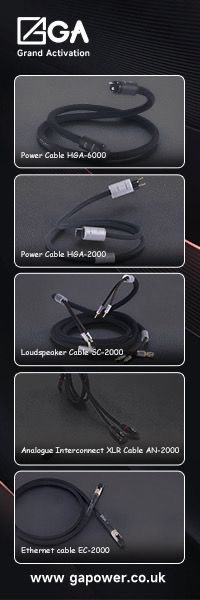
Be the first to comment on: Origin Live Enterprise C Tonearm